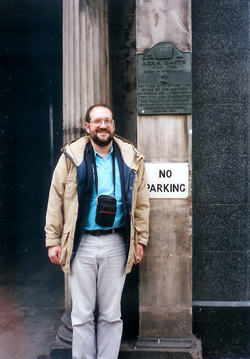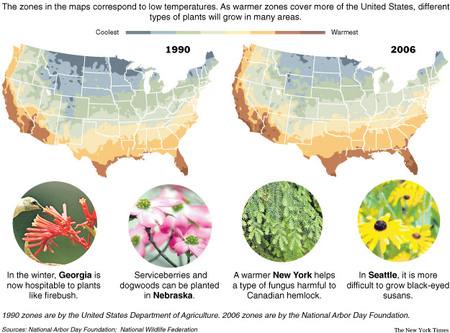 Source of lighting table: online version of the WSJ article cited below.
Source of lighting table: online version of the WSJ article cited below.
I’ve been using some of the compact fluorescent light bulbs for a few years. They’re very slightly slower to turn on, and I don’t like the quality of light quite as well, but the money I figure I save is enough, for me, to outweigh the minor disadvantages. But I can easily imagine a rational person viewing the trade-offs differently. So it galls me that some environmentalists want to force us to fluoresce.
If enough people are willing to pay the higher energy costs of incandescent light, then we should let private enterprise build more nuclear power plants to provide consumers what they should be free to buy.
(p. A1) WASHINGTON — Manufacturers and environmentalists are hammering out a nationwide energy-saving lighting standard that, if enacted by Congress, would effectively phase out the common household light bulb in about 10 years. That in turn could produce major cuts in the nation’s electricity costs and greenhouse-gas emissions.
The new standard is expected to compel a huge shift by American consumers and businesses away from incandescent bulbs to more efficient — but also more expensive — fluorescent models, by requiring more light per energy unit than is yielded by most incandescents in use. The winner, at least in the near term, likely would be the compact fluorescent light bulb, or CFL.
For the full story, see:
 The bulb I like, but don’t want to be forced to use. Source of image: online version of the WSJ article cited above.
The bulb I like, but don’t want to be forced to use. Source of image: online version of the WSJ article cited above.


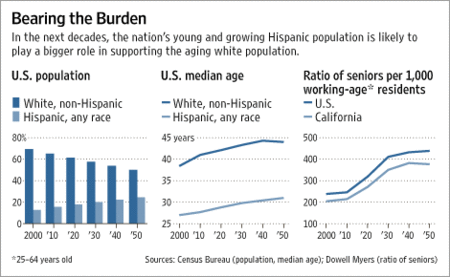
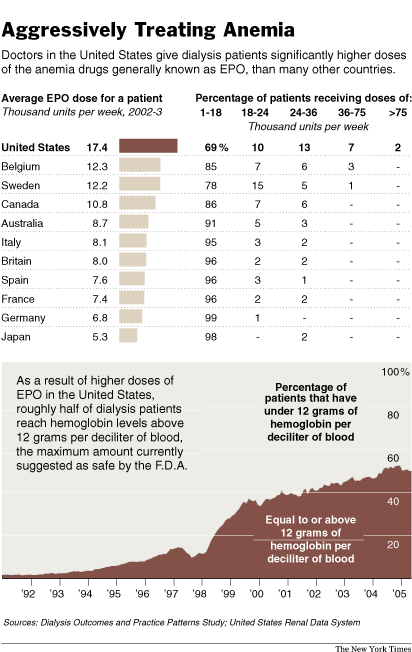 Source of graphic: online version of the NYT article quoted and cited below.
Source of graphic: online version of the NYT article quoted and cited below. 
 Source of graphic: online version of the WSJ article cited below.
Source of graphic: online version of the WSJ article cited below. A former Swedish teacher who had been receiving government disability payments for being allergic to electricity. Source of photo: online version of the WSJ article cited above.
A former Swedish teacher who had been receiving government disability payments for being allergic to electricity. Source of photo: online version of the WSJ article cited above.
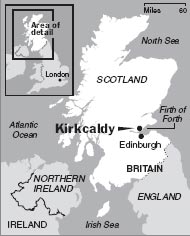 Source of the map: online version of the NYT article cited above.
Source of the map: online version of the NYT article cited above.